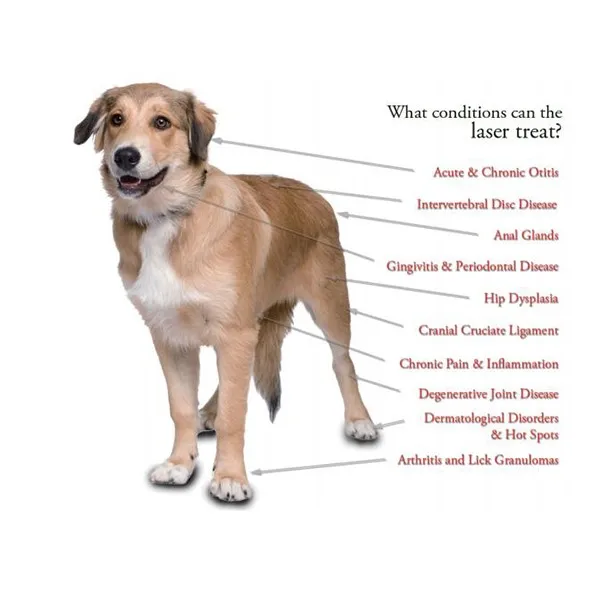## What Are PET Scans Used to Diagnose: Unveiling the Mysteries of Medical Imaging
### Introduction to PET ScansPositron Emission Tomography (PET) scans are a revolutionary imaging technique that has transformed the landscape of medical di……
### Introduction to PET Scans
Positron Emission Tomography (PET) scans are a revolutionary imaging technique that has transformed the landscape of medical diagnostics. By allowing healthcare professionals to visualize metabolic processes in the body, PET scans provide critical insights into various conditions, particularly in oncology, cardiology, and neurology. In this article, we will explore **what are PET scans used to diagnose**, their advantages, and their significance in modern medicine.
### Understanding the Mechanism of PET Scans
PET scans utilize a small amount of radioactive material, known as a radiotracer, which is injected into the patient's body. This radiotracer emits positrons that interact with electrons, producing gamma rays detectable by the PET scanner. The resulting images reveal how tissues and organs function, offering a dynamic view of the body's biological processes.
### What Are PET Scans Used to Diagnose?
#### Cancer Detection and Monitoring
One of the primary applications of PET scans is in the detection and management of cancer. They can identify malignant tumors and assess the extent of cancer spread (staging). PET scans are particularly effective in detecting cancers that may not be visible through traditional imaging methods, such as X-rays or CT scans. Additionally, they play a crucial role in monitoring the effectiveness of treatment, helping doctors determine whether a tumor is responding to therapy.

#### Neurological Disorders
PET scans are invaluable in diagnosing and evaluating neurological disorders. Conditions such as Alzheimer’s disease, Parkinson’s disease, and epilepsy can be assessed using PET imaging. The scans help visualize brain activity and identify abnormal metabolic patterns, which can lead to early diagnosis and intervention.
#### Cardiovascular Conditions
In cardiology, PET scans are used to assess heart function and blood flow. They can help diagnose coronary artery disease and evaluate the heart's viability after a heart attack. By providing detailed images of the heart's metabolic activity, PET scans assist physicians in making informed decisions regarding treatment options.
### Advantages of PET Scans

#### Non-Invasive Procedure
One of the most significant advantages of PET scans is that they are non-invasive. Patients do not undergo surgery or other invasive procedures, making it a safer option for diagnostic imaging.
#### Early Detection of Diseases
PET scans can detect diseases at an earlier stage than many other imaging techniques. Early detection is crucial in conditions like cancer, where treatment outcomes significantly improve with timely intervention.
#### Comprehensive Insights

Unlike other imaging modalities that primarily show structural abnormalities, PET scans provide functional information about how organs and tissues are working. This comprehensive view aids in more accurate diagnoses and better treatment planning.
### Conclusion
In summary, understanding **what are PET scans used to diagnose** is essential for both healthcare professionals and patients alike. This advanced imaging technique has proven to be a game-changer in diagnosing and managing various medical conditions, particularly cancer, neurological disorders, and cardiovascular diseases. As technology continues to advance, the role of PET scans in healthcare will undoubtedly expand, leading to even more precise and effective diagnostic capabilities.
By embracing the power of PET scans, we can enhance our approach to patient care, ensuring that individuals receive the timely and accurate diagnoses they need to navigate their health journeys.